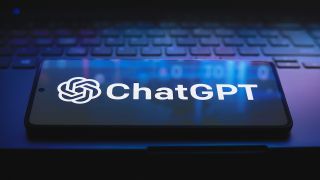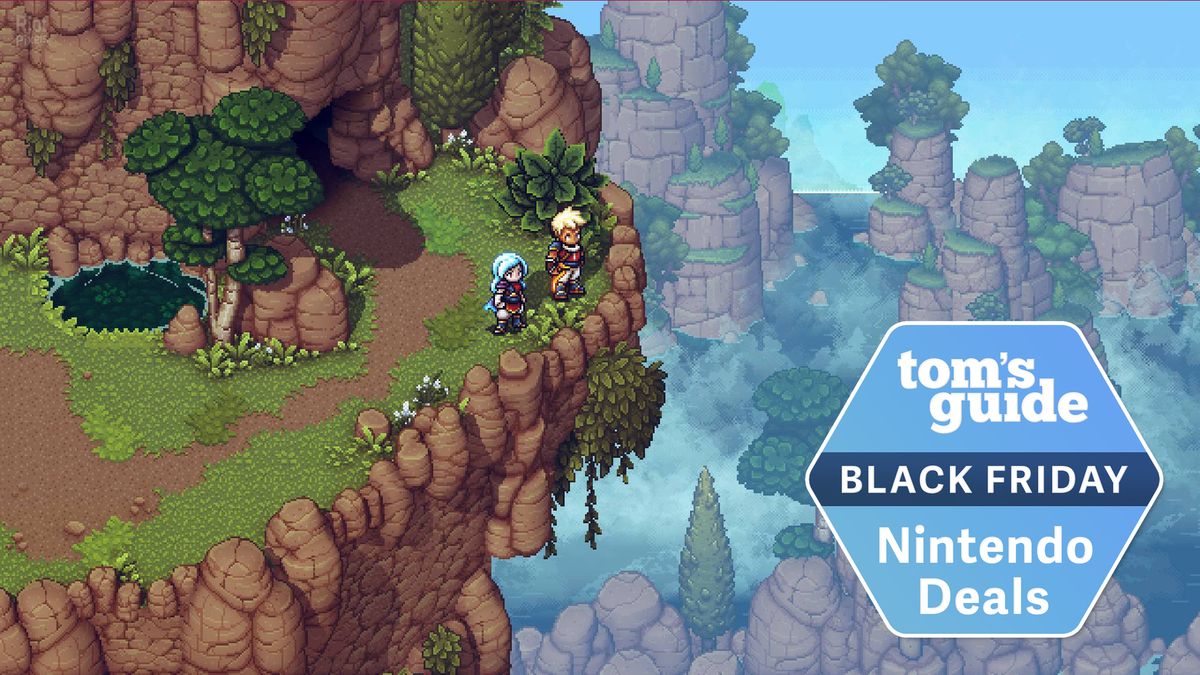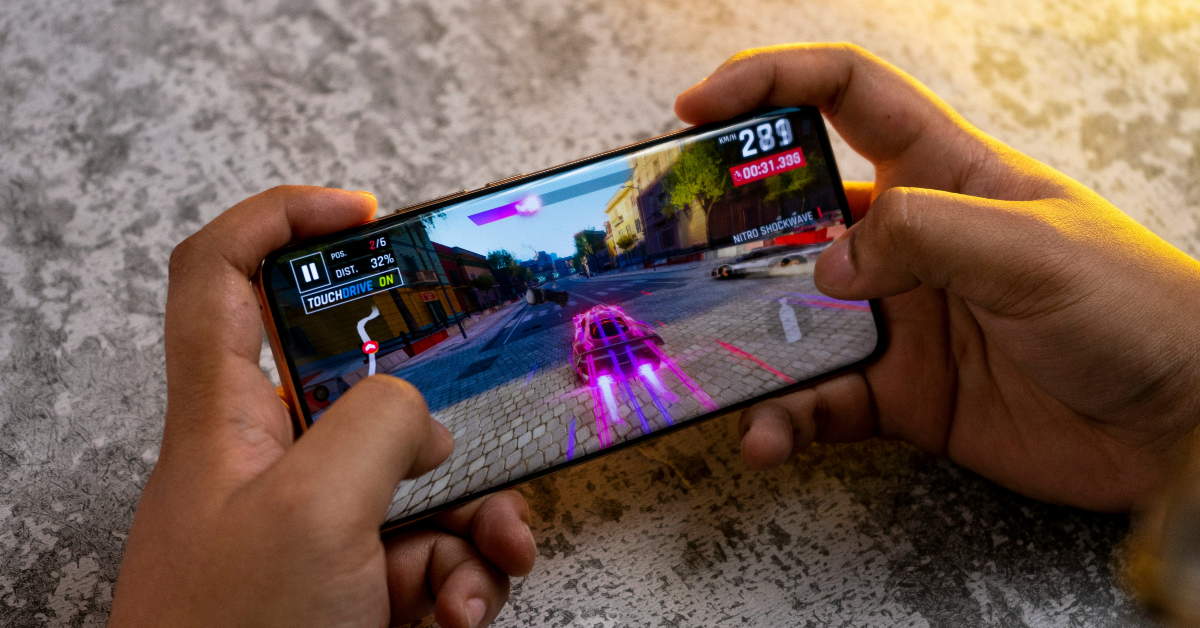OpenAI is set to release the full version of its powerful o1 reasoning model sometime this year, but an unexpected leak last week means we may have already seen it in action — and it is even better than we expected.
In September OpenAI unveiled a new type of AI model that takes time to reason through a problem before responding. This was added to ChatGPT in the form of o1-preview and o1-mini, neither of which demonstrated the full capabilities of the final o1 model, but did show a major improvement in terms of accuracy over GPT-4.
CEO Sam Altman says o1 is a divergence from the GPT-style models normally released, including GPT-4o, which powers Advanced Voice. During a briefing with OpenAI, I’ve been told o1 full is a significant improvement over the preview, and the leak seems to confirm that is the case.
Over about two hours on Friday users could access what is thought to be the full version of o1 (OpenAI has not confirmed) by changing a parameter in the URL. The new model will also be able to analyze images and access tools like web search and data analysis.
What was revealed in the o1 leak?
HUGE LEAK 🔥 OpenAI full o1 Chain of Thought has native image capabilities See the response for recent SpaceX launch image. It walks through the details of each part of image step by step. pic.twitter.com/lxHlI435bONovember 4, 2024
Ever since the release of the original o1-preview model OpenAI insiders have been boasting about the full capabilities of the model once the preview tag is removed. Theories suggest that the preview was trained on an earlier version of the GPT models whereas the full model was trained from scratch. Either way, the leak seemed to prove that they were right.
In one example a user was able to get it to solve an image puzzle. The AI spent nearly two minutes thinking through the problem but it demonstrated the huge potential once it is able to review images, documents and other multimedia inputs.
In another example, a user was able to have it walk through every single element of an image showing a recent SpaceX rocket launch. It went into considerable detail about color and motion. This could be huge for AI image generation.
It isn’t clear when OpenAI will unveil the full version of o1 properly but what we do know is that it will be a significant advancement in AI. It is likely to be sometime in the next few weeks as most AI companies seem to be holding back until after the U.S. Presidential election.
More from Tom's Guide
- Gemini Live Voice mode is free for Android users — and you can try it right now
- Midjourney is building the Holodeck — new AI model lets you ‘enter’ 3D images
- Google's Gemini AI is now turning your notes into a podcast





















 English (US) ·
English (US) ·